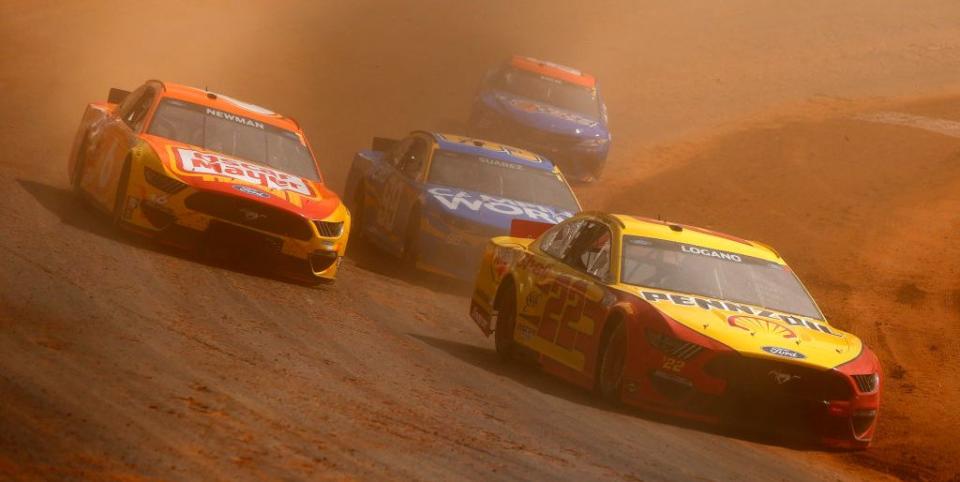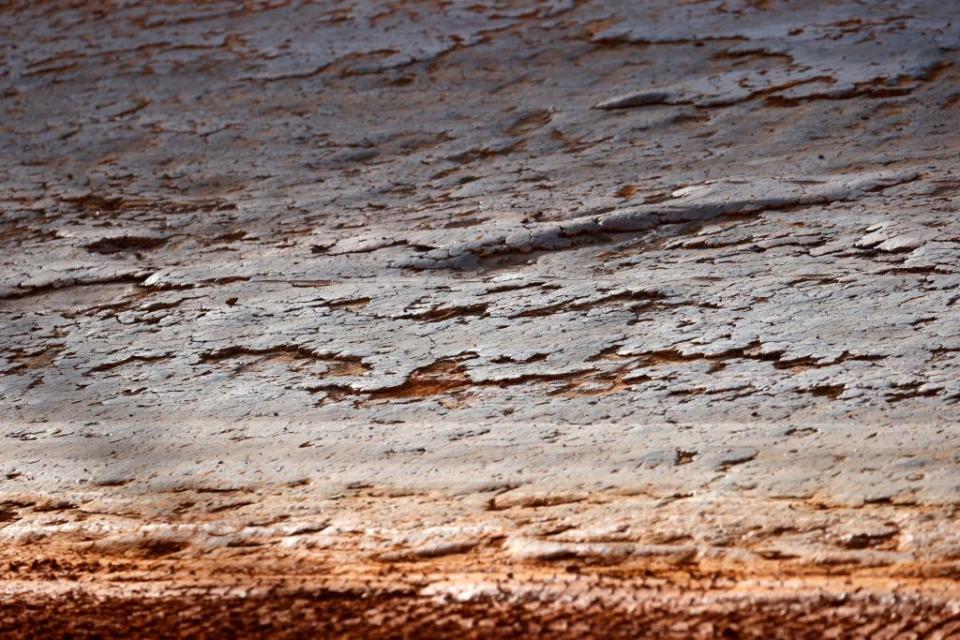Bristol Dirt Track May Necessitate NASCAR Rules Change

After final practice for the first NASCAR Cup Series race on dirt in 51 years, a group of Joe Gibbs Racing drivers huddled together in Turn 4 for an informal debrief session.
Following two Truck Series and Cup Series practice sessions that spanned four hours, right side tires began to blister and cord due to the track slicking off the top. That essentially created a track that raced like slick pavement during the summer.
More challenging is that the track developed numerous ruts and divots during the second practice sessions.

So, what was the topic of conversation as Hamlin and his teammates peppered dirt ace Christopher Bell with questions?
"We were just looking at the racetrack and (looking at) the different colors, the ruts in it, and what was tearing up the tires," Hamlin said. "For me personally, I was picking Christopher's brain on what was tearing up the tires so I could kind of try to avoid it."
The temporary dirt that covers Bristol Motor Speedway all came from a 30-mile radius of the speedway. It’s a local red clay called ‘Bluff City Clay’ that has a considerable amount of sand mixed in. That makes it more abrasive than clay found in the Midwest.
Additionally, 250 laps on Sunday will mark the longest dirt race in the history of the discipline across any division with no time between segments dedicated to reworking the surface.
In a traditional dirt racing event, 30 minutes to an hour is reserved for adding moisture and taking a tiller to dig up the top layer of clay, before flatting it back out in advance for the next series of races. That creates a tacky racetrack that encourages multiple lanes of racing.
Due to television limitations and expectations, the track will only be prepared before the heat races that set the starting lineup on Saturday night, before the Truck Series race that follows it, and again overnight before the 250-lap Cup Series main event on Sunday afternoon.
Complicating matters is that the weekend forecast includes several passing storms on both Saturday and Sunday -- making it more challenging to come up for a game plan for either the sanctioning body or race teams.
Speedway officials will have to wait before a storm passes before reworking the surface.
Regardless of how track preparation goes, NASCAR Cup Series cars weigh 3,400 lb. and produce 750 horsepower with the attached tapered spacer. That is the reason for the immediate dry slick and why the track will begin to take rubber and generate right side cording.
It also created a predominant single-groove track around the bottom -- similar to classic Bristol Motor Speedway before its 2007 reconfiguration.
That’s especially true for the Cup on Sunday afternoon race compared to the Truck Series race on Saturday night, since a day race dries the track out quicker than its nighttime counterpart.

 Yahoo Autos
Yahoo Autos 